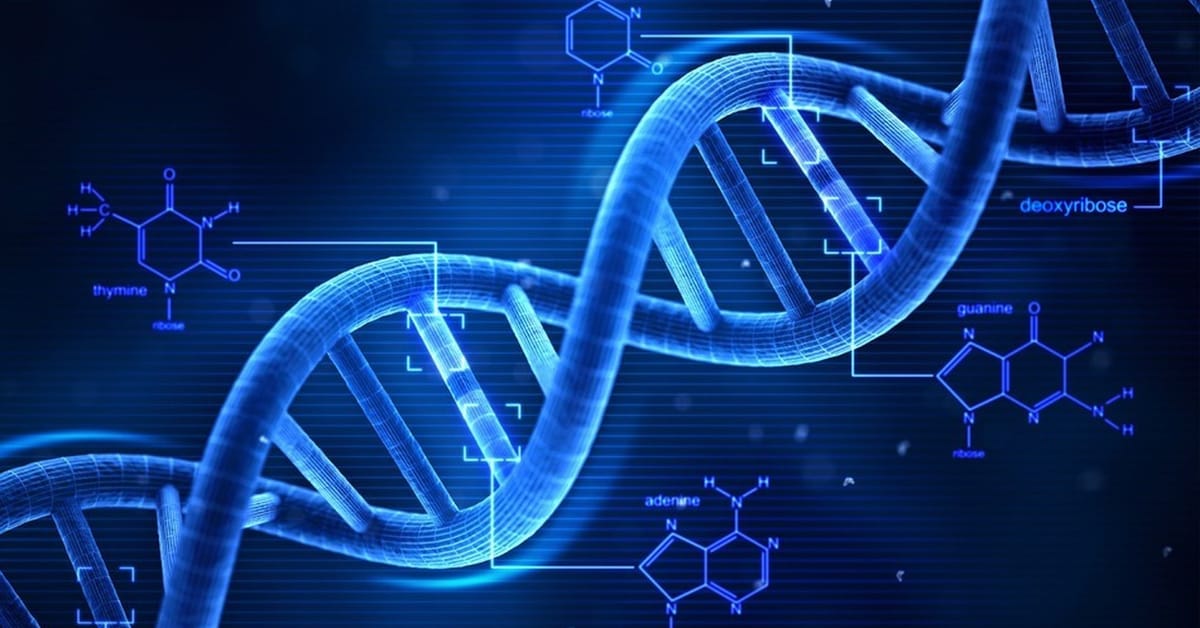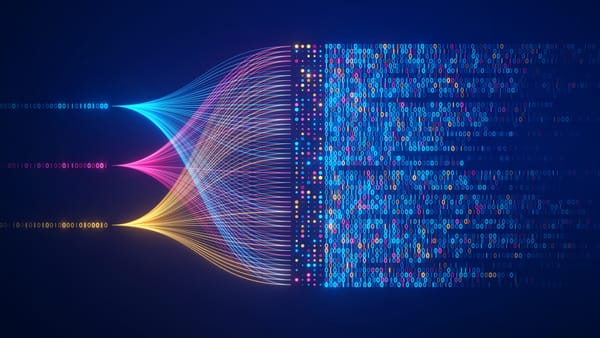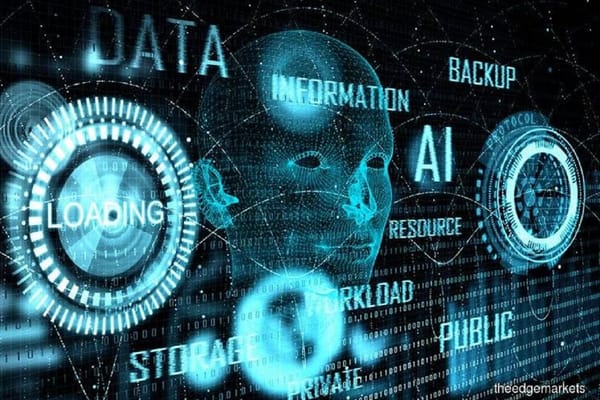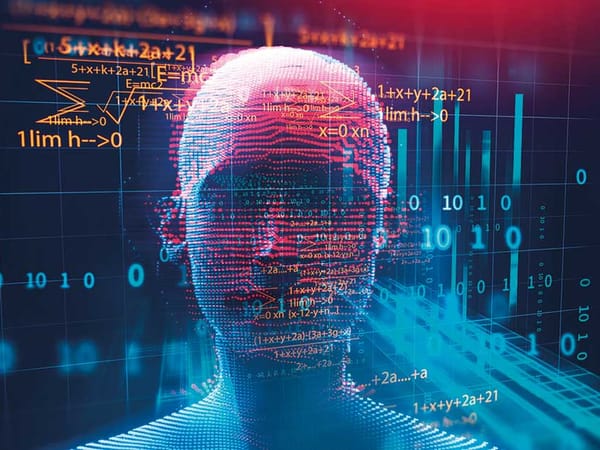DNA Computing

DNA computing is a branch of computing which uses DNA, biochemistry, and molecular biology hardware, instead of the traditional silicon-based computer technologies. Research and development in this area concerns theory, experiments, and applications of DNA computing.
The concept of DNA computing was first introduced in 1994. It deals with the “biochips” made of DNA that are able to perform billions of calculations at once by multiplying themselves in number. In other words, a DNA computer grows as it computes. In a recent development, the researchers from the University of Manchester have shown that the creation of this conceptual computer is possible in real life.
Intel is struggling to increase the speed of their CPUs due to the limitations of Moore’s law. The other processor makers are also working hard to beat the speed records. There’s no denying the fact that researchers and scientists need to look for silicon alternatives for faster computing. The silicon-based computers have a finite number of processors and, thus, their capabilities are also finite.
What is a DNA computer? How does it work?
Long back in 1994, the concept of computing with DNA was first proposed to make calculations faster even with a small footprint. Its major highlight was the ability to multiply itself and carry out numerous calculations simultaneously. In other words, unlike a normal computer that performs calculations one after another, a DNA computer does those calculations at once by making multiple copies of itself.
Coming back to the introduction of the concept of DNA computing in 1994, it was invented by the famous cryptographer Leonard Adleman who used DNA to solve the “traveling salesman” problem. The problem aimed at finding out the shortest route between a number of cities by going through each city only once. Adleman showed that billions of molecules in a drop of DNA had so much computational power that can simply overpower silicon and the powerful human-based computers.
In his experiment, the strands of DNA represented 7 cities. The sequences of genetic alphabets A, T, C, and G represented cities and the path. After this, when the DNA molecules were mixed in a test tube, some DNA strands stuck together and the chains of strands were the possible answers. Using some chemical reactions, wrong molecules were removed. You can read more about the process in detail in this paper written by Adleman himself.
These DNA molecules are able to store billions of times more data as compared to tradition storage devices. Due to an abundance availability of DNA, it’s a cheap resource. Also, a DNA computer will be environment-friendly and compact in size.





